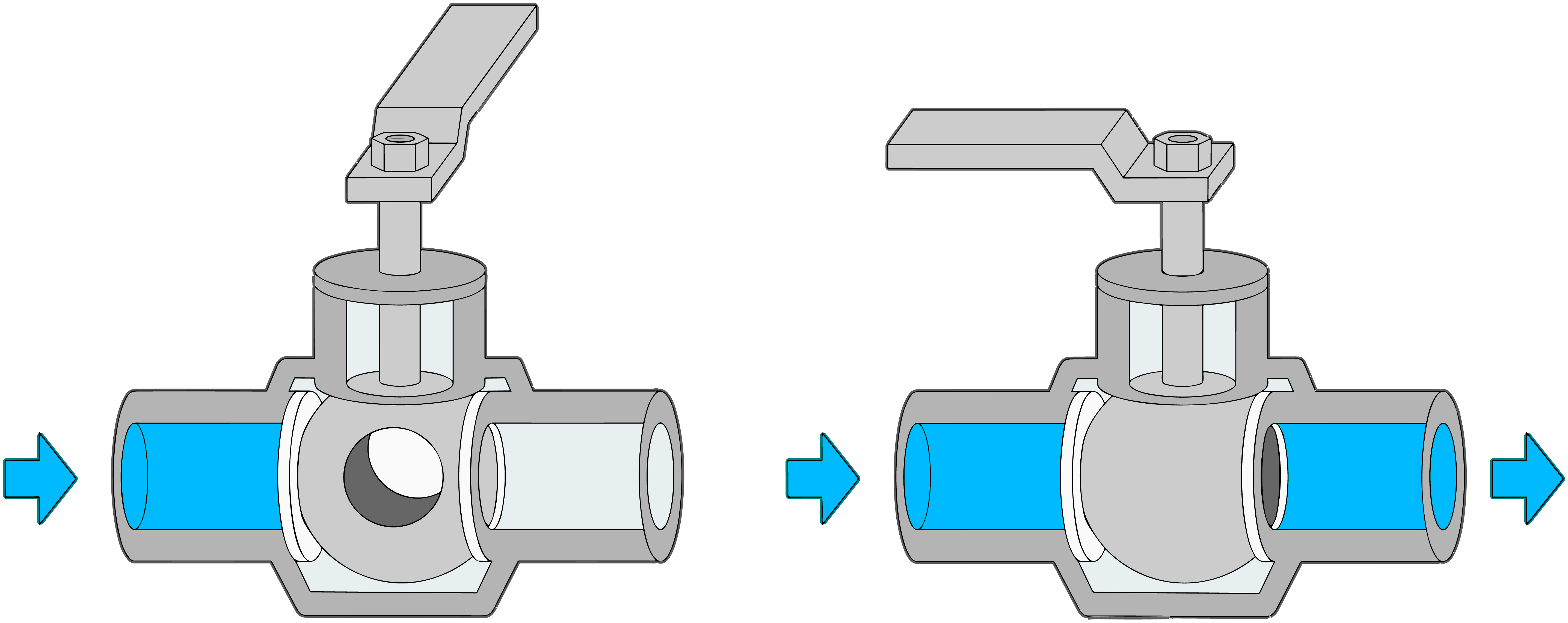How Ball Valves Work
Ball valves are essential in fluid control. Known for efficiency and dependability, their design ensures fluid flow management is both quick and accurate. This guide will delve into how ball valves work and why they’re a favorite in many industries.
ANATOMY OF BALL VALVES :
- Ball valves have a central ball with a hole or bore.
- Positioned in a valve casing, they have entry and exit ports for liquids or gases.
- The ball connects to a stem, which is the external control point.
HOW THEY WORK :
- The essence of a ball valve is its rotation.
- Open: The ball’s bore matches the ports, allowing flow.
- Closed: The ball turns 90 degrees, blocking the ports and sealing off the flow.

OPERATING BALL VALVES :
- Opening: Rotate the handle or actuator 90 degrees in the pipeline’s direction, aligning the bore for fluid passage.
- Closing: Rotate back 90 degrees, making the bore perpendicular and sealing off the flow.
WHY USE BALL VALVES ?
- Speed: Their quarter-turn mechanism ensures swift operation.
- Durability: They have a long lifespan with minimal upkeep.
- Leakage Prevention: They seal tightly when closed.
- Flexibility: Suitable for various tasks like flow control, throttling, and flow diversion.
- Automation Compatibility: Easily paired with automated systems for remote control.
WHERE ARE BALL VALVES USED ?
- Oil and Gas: For pipelines, refineries, and petrochemical applications.
- Water Systems: In supply networks, treatment plants, and irrigation setups.
- Chemical Handling: For various chemicals in processing facilities.
- Temperature Control: In HVAC systems for water flow regulation.
- Food Processing: Used due to their clean and hygienic design.
CONCLUSION :
Ball valves are pivotal in fluid management, with their ease of operation and reliable sealing. Grasping their functionality helps professionals choose them for maximum efficiency in fluid systems. From oil and gas to food processing, ball valves remain instrumental in fluid control.
 Convalve
Convalve